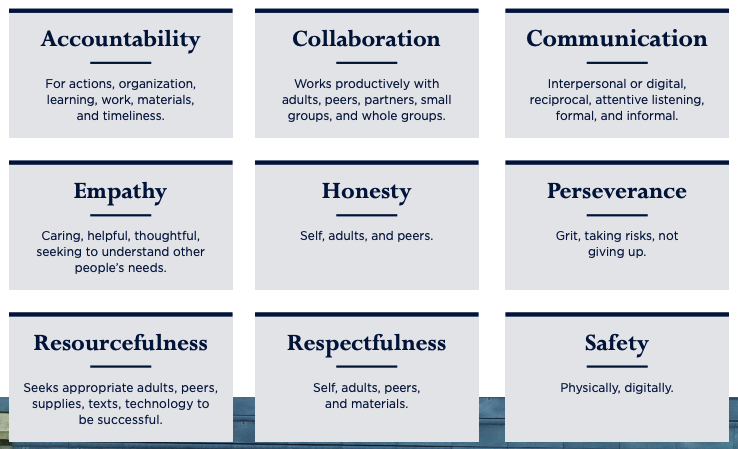Wellness for Life Curriculum
In Grandview Heights Schools, we believe that Wellness for Life curriculum should transcend and integrate into every grade level and content area for all students beginning in Kindergarten and extending beyond graduation. When students are physically, mentally, and emotionally healthy, they are more prepared to learn and realize their full potential.
Wellness for Life Curriculum
https://4.files.edl.io/d896/04/10/23/161558-63fa5645-4cfb-40fc-9118-f19857e6583e.pdf
Learning Attributes
Grandview Heights Schools Learning Attributes are derived from research supporting the importance of the integration and intentional instruction throughout our curriculum. Our Learning Attributes are exceedingly adaptable. By integrating the attributes throughout our content areas and grade levels, including our Wellness for Life social and emotional learning curriculum, we can ensure that student learning is maximized through inclusive, authentic, and personalized instruction as well as extracurricular experiences. These attributes and behaviors are associated with college and career readiness in a globally competitive world.

Wellness Curriculum